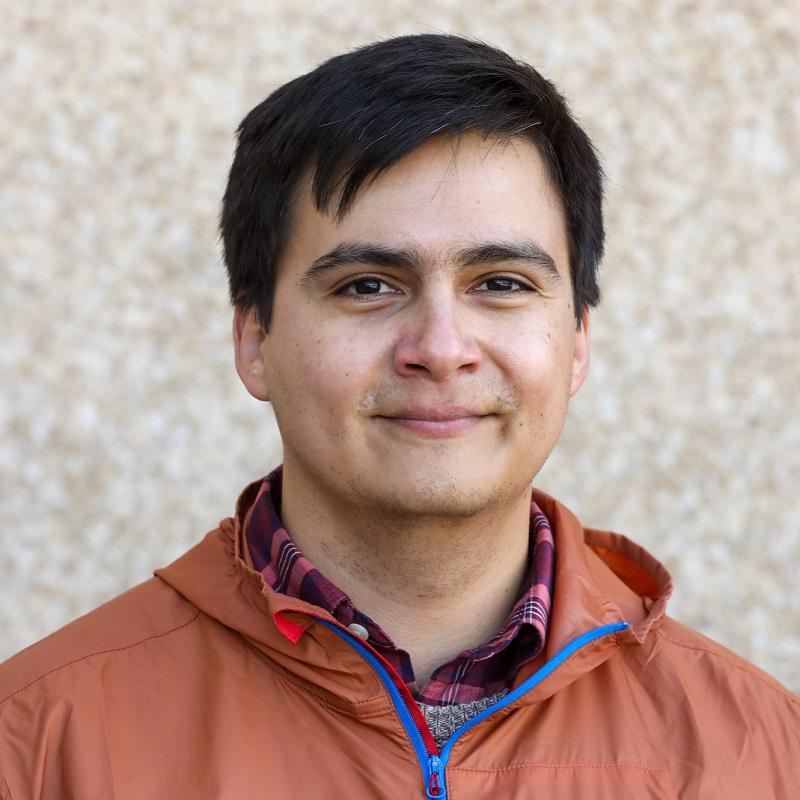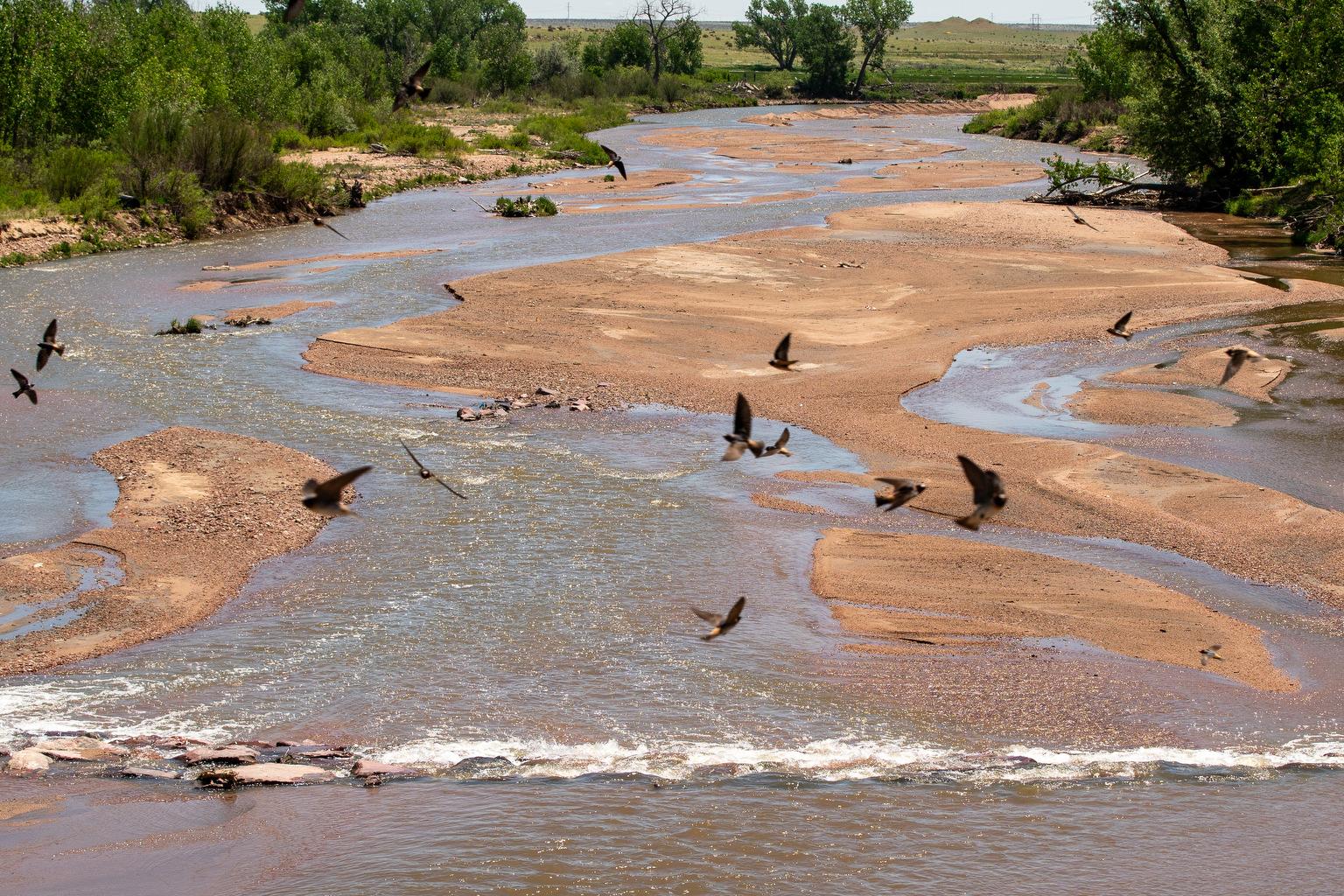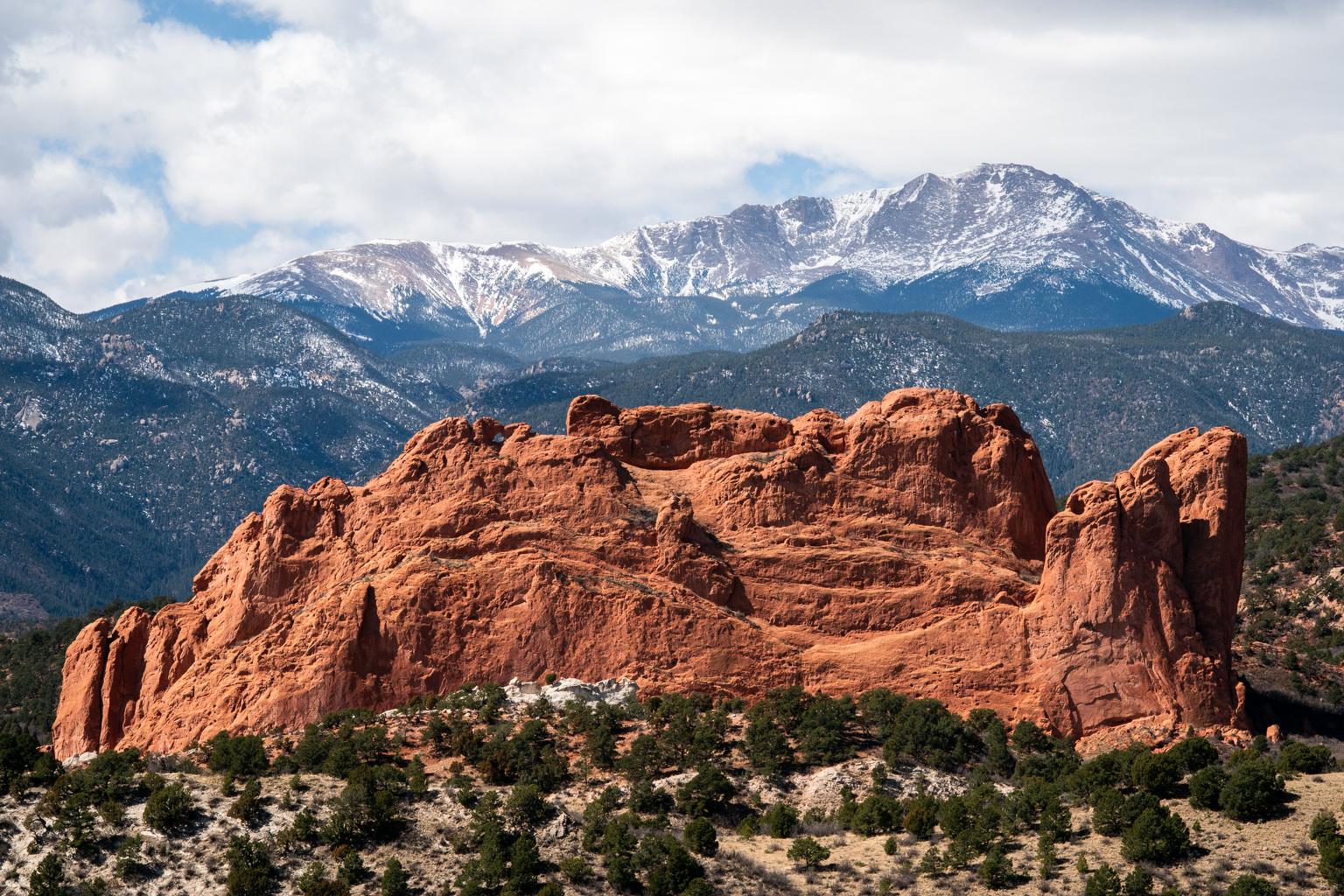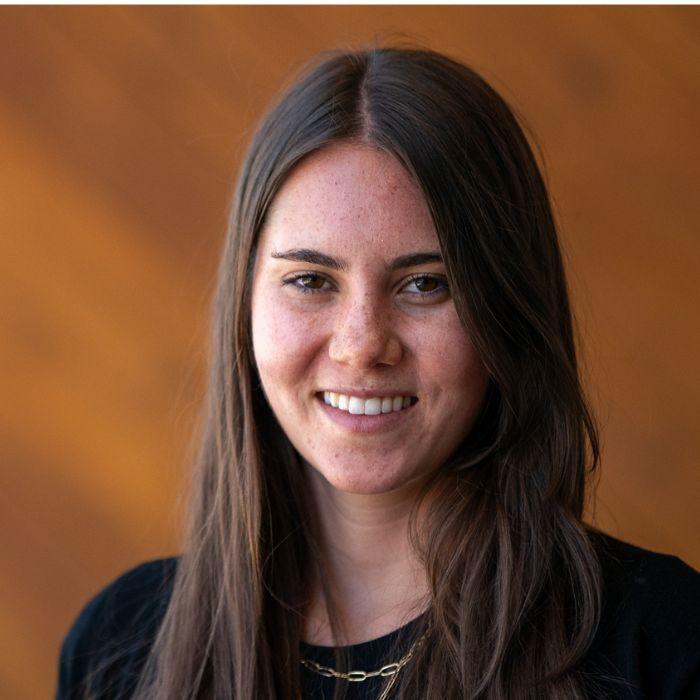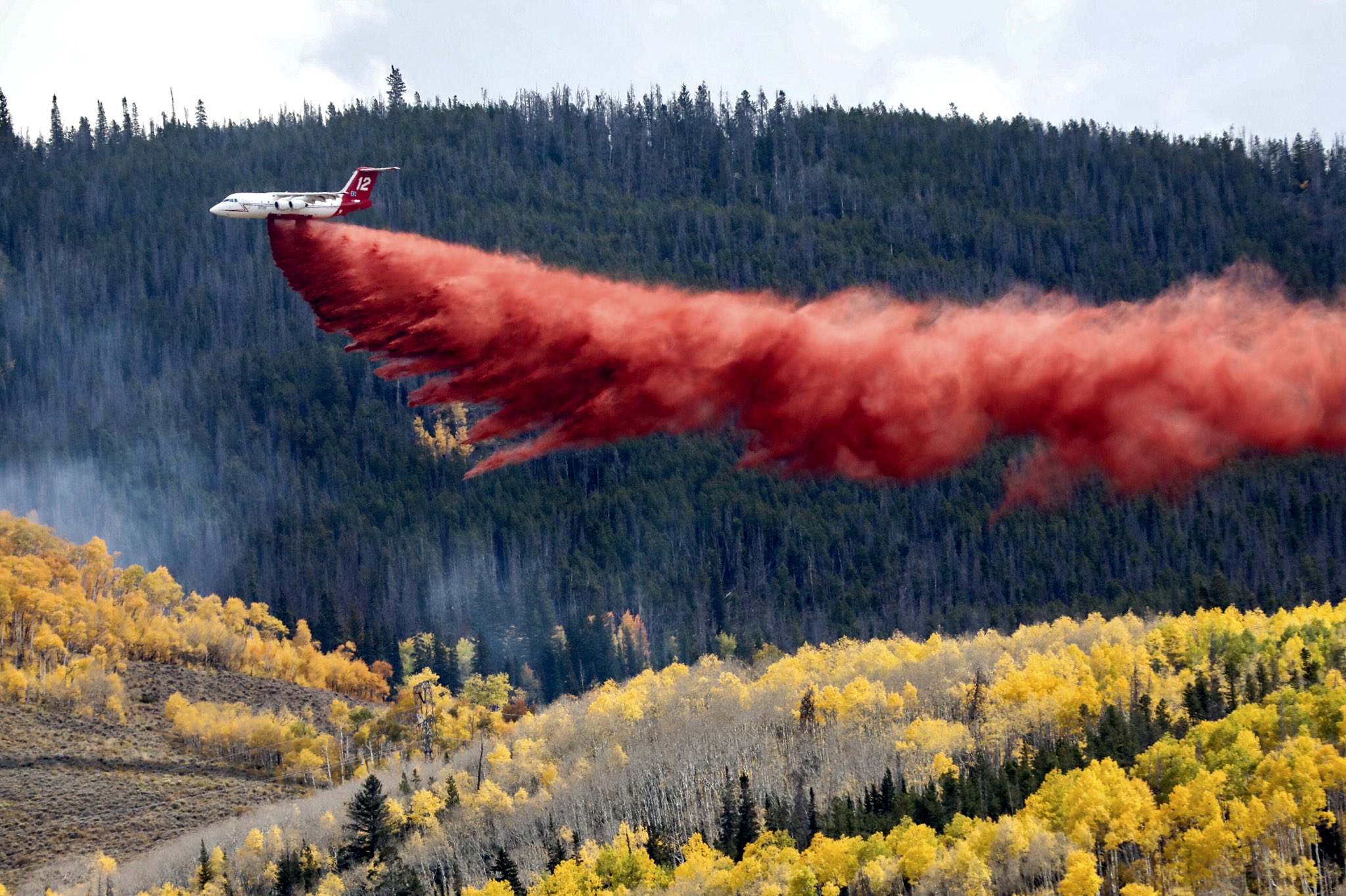
Colorado’s top fire officials expected the worst for 2021.
The previous year’s wildfire season was not only the largest on record but one of the longest. Only 30 percent of the Cameron Peak fire was contained by the beginning of October and the East Troublesome fire didn’t ignite until two weeks later.
Firefighters and fire experts said Colorado was primed for larger fires given the prolonged drought and warming temperatures worsened by climate change.
“Colorado used to talk about a fire season,” Gov. Jared Polis said in April. “It’s now a year-round phenomena.”
The wildfires have so far failed to meet those expectations. Despite a worrisome start and historic blazes in other western states, Colorado has evaded the worst predictions for the summer.
The main factor in the relatively slow fire season was well-timed monsoon rain that helped ground crews prevent small fires from spreading, experts said.
Wetter weathers, weaker winds and more wildfire prevention work meant an 'average fire year' in Colorado
Rocco Snart, the planning branch chief for the Colorado Fire Prevention and Control Division, classified 2021 as an “average fire year.”
“There’s been lots of lightning, lots of opportunities for new fires, but they’ve been held relatively small,” he said. “Weather has played a significant influence on the fire season this summer, as well.”
Fire behavior is determined by what Snart calls the “fire triangle”: weather, vegetation and topography. Along with the added moisture this summer, weaker winds and more work to reduce wildfire risks prevented blazes from growing into megafires like they did last year, he said.
Other states, such as Montana and Idaho, did not receive as much rain, said Natasha Stavros, director of the Earth Lab Analytics Hub and a fire ecologist at the University of Colorado Boulder.
“Seattle was more brown than Colorado in late July,” she said. “It’s because we had so much moisture that we were able to keep everything really green.”
Monsoons made the wildfires that did burn in Colorado easier for firefighters to contain
Colorado’s largest wildfire this summer was the Oil Springs fire, which ignited near Rangely along the Utah border. It burned more than 12,600 acres, according to information from the National Wildfire Coordinating Group.
The Sylvan Fire, which ignited on Father’s Day in the White River National Forest, was doused by rain and burned nearly 4,000 acres.
Responding firefighters were cautiously optimistic about this year’s wildfire behavior.
“It’s been over five years since we received that much [precipitation] in July and August,” said Patrick Kieran, a wildland fire specialist for the U.S. Bureau of Land Management in the Upper Colorado River. “That kind of put the lid back on what was anticipated to be a very active fire season.”
Eric Lovgren, the wildfire mitigation manager for Eagle County, said the Sylvan fire would’ve taken months to contain if it had ignited last year.
- Goats And Their Poop: Bureau Of Land Management Hopes Horned Allies Can Help Slow Wildfire Spread
- Helicopter Mulching Could Help Forests Recover After Severe Wildfires, But It’s Not Cheap
- Wildfires Are A Threat To Steamboat Springs’ Water Supply. Here’s How The City Is Getting Ready
- Wildfires Are Ravaging The West. Research Shows The People In Their Paths Vastly Underestimate The Risk
Big fires in other western states still meant Colorado had smoky skies this summer
That didn’t mean the state was unscathed, he said. Colorado has seen an uptick in days with smoky skies and researchers say smoke blowing in from other western wildfires could cause more health problems than smoke from local fires.
“Though we weren’t burning up a lot of acreage, we were sucking on smoke all summer,” Lovgren said. “If we’re going to address the impacts of climate change in the wildfire environment, we are truly all in this together.”
Wildfires are still starting in Colorado, including an ongoing blaze northeast of Silverthorne that led officials to evacuate hundreds of nearby homes.
“There still is potential for a large wildfire from now until Nov. 1 in our historical fire season,” Kieran said, adding that “Colorado may have been average, but the national effort was far from what is deemed average.”
Given the lack of brush-clearing wildfires, growing vegetation and shrinking snowpack, Stavros said Colorado could be primed for more megafires in 2022.
